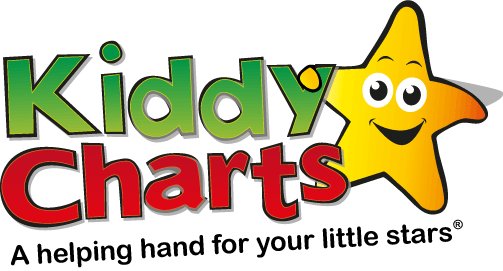

Tell me and I forget. Teach me and I remember. Involve me and I learn.
This quote by Benjamin Franklin is one of my favourites and certainly one, as a teacher, that I remind myself of often. In the classroom today it is expected that all children will learn and discover for themselves so with that in mind I have put together ten ways to help children learn to read and write if they are in reception.
Reading
- Have books available and model reading to young children. This could involve seeing parents / carers read both to others, but also reading ourselves for pleasure. We are our children’s most important role model.
- Talk about favourite stories, make up different endings, ask questions about what has happened in the story. This develops reading for understanding as well as just being able to read words without context.
- Sing songs and develop rhymes. The jolly phonics system that schools use requires children to recognise sounds and making up rhymes develops this before blending happens. This is why nursery rhymes are still popular even though many are very outdated, Ring a ring a roses is about the Great Plague for example.
- First books that children should learn to read could have no words in. Imagine being faced with a page of text that means nothing to you. It is difficult and could give a sense of failure from the start. instead celebrate little steps. Let your child tell the story through the images let them enjoy the tale.
- Encourage reading in everyday situations, what do common signs say? Try looking for their name in different contexts for example on named goods or on a list.
Writing
Writing accurately comes after reading and learning phonics but it is never to soon to start writing and children love to write.
- Firstly pencil control is important, this fine motor skill has been developing since children started feeding themselves and picking things up. To develop writing skills provide opportunities for colouring in pictures and mark making.
- Ask your child to write you a list of what you need if you are going to the supermarket or shops. It doesn’t matter what they write and whether it is even letters because it is about developing confidence and the idea of lists.
- My daughter loves writing cards and we will write nanny a card and post it to her. Erin loves the whole trip to the post box and so on. As children often learn to write their name before any other word, get them involved in writing birthday cards.
- Provide lots of opportunity to practice writing, in the summer using chalk on the patio is fun, likewise the crayons that you can use in the bath are fun.
- Tracing and copying suit some children but not all. There are lots of books that you can have at home if your child enjoys writing.
The important thing at this age is that children are encouraged in there learning and see it as play. Reception children will appear to spend more time playing than having lessons. However it is during this play that they are in control of their learning. Each activity in the classroom has a part to play in their development. Remember to reward your children as I believe that children inherently want to please and want positive attention.
What are your thoughts? How do you encourage reading and writing with your children?
Photo credit: stockimages / freedigitalphotos.net

Susan Mary Malone
Tuesday 4th of August 2015
I love this post, Emma! And it's so close to my heart. My siblings read to me when I was little, and that was the coolest thing--it encouraged my lifelong love of books, and let me have time with my older brothers as well. It must have worked--I'm an author now, and still love, love, love books! Thank you for this.